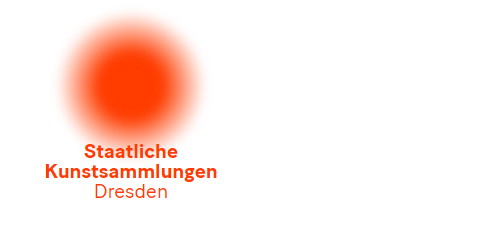
Kunstfonds / Staatliche Kunstsammlungen Dresden
Kunstfonds
The core holdings of the collection were assembled through public commissions and purchases during GDR times, these being expanded after 1990 by the incorporation of works held by the Treuhand privatisation agency. Since 1992 the collection has also been systematically expanded by the annual purchases made by the Saxon government of contemporary works of all genres that are somehow related to Saxony. Thus, the holdings of the Kunstfonds reflect in an exemplary way the art promotion practices employed in two different social systems. The two main focal points of the collection, GDR art and contemporary art, trace the regional development of art through the second half of the 20th century and down to the present day.
The history of the collection
The Art Fund was founded in 1992 as a successor to the Office for Fine Arts at the Dresden District Council. Extensive art holdings from various predecessor institutions and former institutions, including the Dresden District Council, the Cultural Fund, the Academy of Sciences of the GDR and the Office for Architecture-Related Art, were placed in the “Art Fund of the Free State of Saxony”, an institution of the Saxon State Ministry for Science and art, which has been part of the State Art Collections since 2004.
The collection experienced extensive expansion through the acquisition of works of art from the property of the parties and mass organizations of the GDR, most of which were initially under trustee administration after 1990 before they were transferred from the trustee to the Free State of Saxony and thus to the art funds passed over. In this context, the processing of the fiduciary holdings of the states of Saxony, Saxony-Anhalt and Thuringia in the second half of the 1990s should be emphasized, which culminated in the exhibition “Narrowness and Diversity. Commissioned art and art promotion in the GDR” at Königstein Fortress and the publication of the same name from 1999. The holdings that did not belong to Saxony were then returned to the responsible federal states.
The Kunstfonds now has a considerable pool of art from the GDR. It is the next largest collection of commissioned art and public purchases from this period after the inventory of the Beeskow Art Archive. In addition to the works acquired primarily through state purchases and within the framework of commissions, the collection also includes important (partial) artistic estates, for example from Hanna Hausmann-Kohlmann, Alfred Hesse and Herbert Kunze, donations and, occasionally, art from the first half of the 20th century th century, such as by Fritz Beckert, Hans Grundig, Joseph Hegenbarth, Albert Hennig, Carl Lohse, Erna Lincke and Wilhelm Rudolph.
Art
The Kunstfonds now has a considerable pool of art from the GDR. It is the next largest collection of commissioned art and public purchases from this period after the inventory of the Beeskow Art Archive. In addition to the works acquired primarily through state purchases and within the framework of commissions, the collection also includes important (partial) artistic estates, for example from Hanna Hausmann-Kohlmann, Alfred Hesse and Herbert Kunze, donations and, occasionally, art from the first half of the 20th century th century, such as by Fritz Beckert, Hans Grundig, Joseph Hegenbarth, Albert Hennig, Carl Lohse, Erna Lincke and Wilhelm Rudolph.
https://kunstfonds.skd.museum/